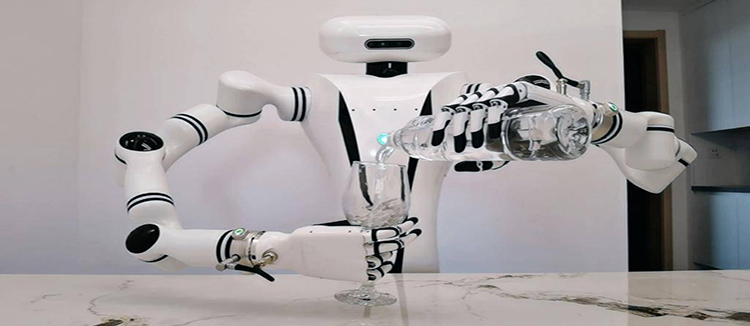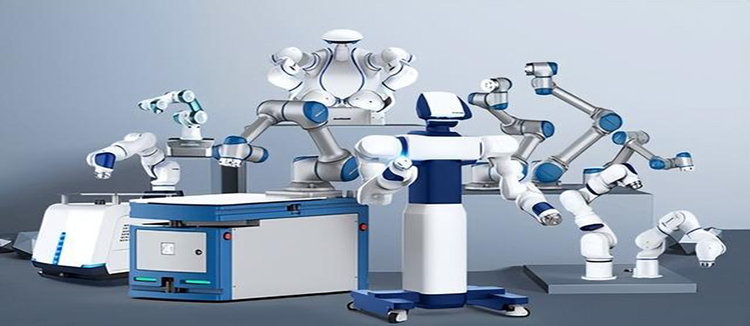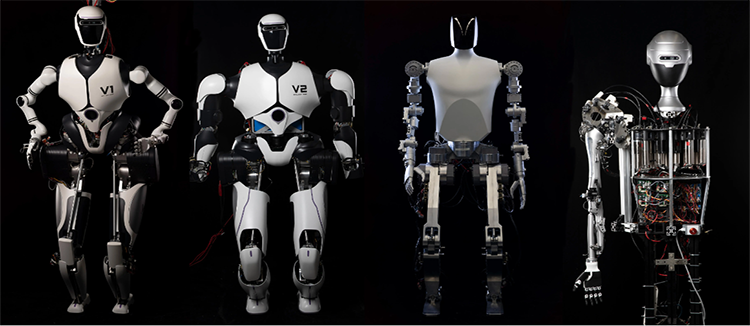The Future of Automation: Unveiling the Multi Axis Robotic Arm's Role in Industry 4.0
The advent of Industry 4.0 has brought about a revolution in the way we manufacture and produce goods. At the heart of this transformation is the multi-axis robotic arm, a technological marvel that has become synonymous with modern automation. These sophisticated machines are redefining the boundaries of efficiency, precision, and flexibility in various sectors, from automotive to electronics, and even in the medical field.
A multi-axis robotic arm is a type of industrial robot that operates on multiple axes of motion, allowing it to move in a complex, three-dimensional space. This capability enables the robot to perform a wide range of tasks with high accuracy and repeatability. The number of axes can vary, but typically, a multi-axis robotic arm will have between 3 to 6 axes, each providing a different degree of freedom in movement.
The design of a multi-axis robotic arm is centered around its ability to mimic human arm movements. Each axis corresponds to a joint in the human arm, such as the shoulder, elbow, or wrist. This biomimetic design allows the robot to reach into tight spaces, perform intricate maneuvers, and handle tasks that would be difficult or dangerous for humans.
One of the key advantages of multi-axis robotic arms is their programmability. These robots can be programmed to perform specific tasks repeatedly, with minimal human intervention. This not only increases productivity but also reduces the risk of errors and accidents, making the manufacturing process safer and more reliable.

Another significant benefit of multi-axis robotic arms is their adaptability. They can be equipped with a variety of end-effectors, such as grippers, welding torches, or spray nozzles, allowing them to perform a multitude of tasks. This versatility makes them an invaluable asset in industries where product lines frequently change or where there is a need for customization.

The integration of sensors and advanced control systems in multi-axis robotic arms has further enhanced their capabilities. These sensors can detect changes in their environment, such as the presence of obstacles or variations in the material they are working with. This feedback allows the robot to adjust its actions in real-time, ensuring optimal performance and quality control.

In the automotive industry, multi-axis robotic arms are used for tasks such as welding, painting, and assembly. Their precision and speed have significantly improved the quality and consistency of vehicle production. In electronics manufacturing, these robots are employed for component placement and soldering, where high precision is critical to ensure the functionality of the final product.
The medical field has also seen the benefits of multi-axis robotic arms, particularly in surgery. Robot-assisted surgery allows for greater precision and control, leading to less invasive procedures and faster recovery times for patients. Additionally, these robots can be used for tasks such as drug dispensing and sample analysis in laboratories, reducing the risk of human error and contamination.
As technology continues to advance, the capabilities of multi-axis robotic arms are expanding. With the integration of artificial intelligence and machine learning, these robots are becoming more autonomous, able to learn from their experiences and improve their performance over time. This evolution is poised to further revolutionize the way we approach manufacturing and automation.
The multi-axis robotic arm is not just a tool; it is a symbol of the progress we have made in the field of robotics and automation. It represents the convergence of engineering, computer science, and artificial intelligence, all working together to create systems that can perform tasks with a level of precision and efficiency that was once thought impossible.
As we look to the future, the role of multi-axis robotic arms in Industry 4.0 is set to grow. They will continue to be a driving force in the transformation of manufacturing, healthcare, and beyond, pushing the boundaries of what is possible and shaping the way we live and work.










